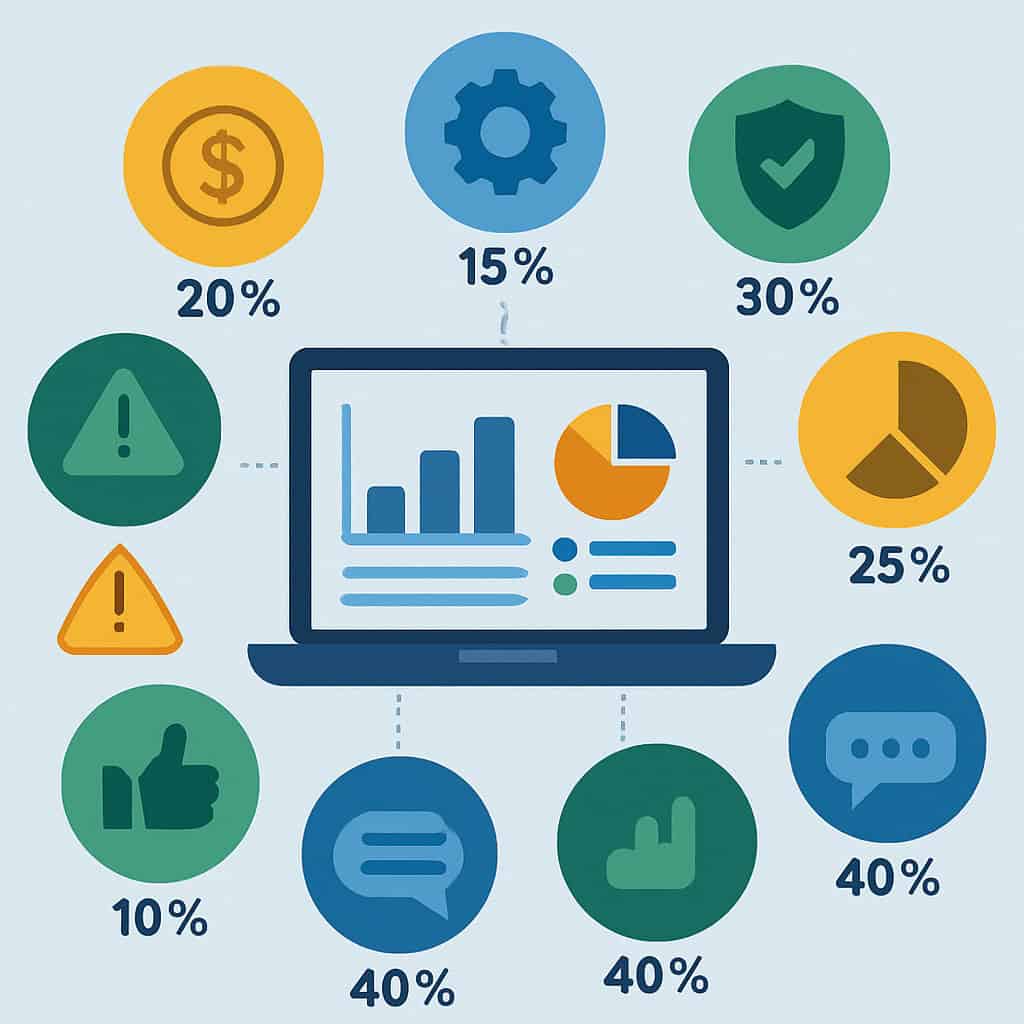GEFMA guidelines: Basics for professional facility management
The GEFMA guidelines form the backbone of professional facility management in Germany. They are not just a collection of rules, but a comprehensive framework that helps companies to manage their buildings efficiently and optimise operating costs. When we talk about facility management, we often think of the day-to-day challenges of building management - from maintenance and cost management to sustainability. But what exactly is behind the GEFMA guidelines? [...]
GEFMA guidelines: Basics for professional facility management Read more »
















